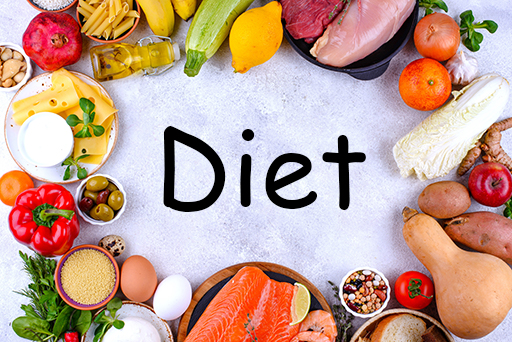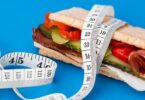Many diets out there claim to help you lose weight, improve your health, or enhance your performance. But how do you know which one is right for you? This blog post will explore six popular diets and their pros and cons based on scientific evidence and expert opinions.
Valencia Diet
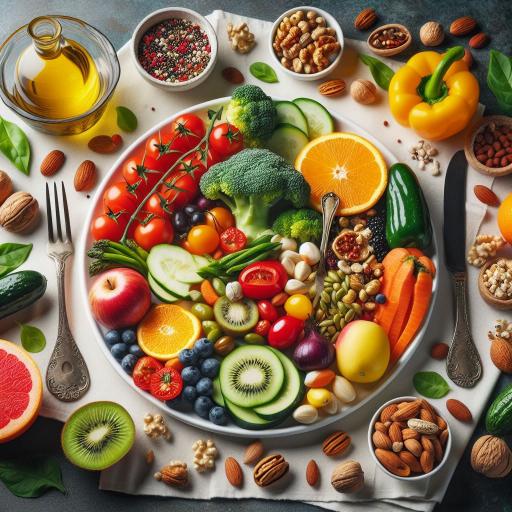
The Valencia Diet is a plant-based diet focusing on whole, unprocessed foods and promoting long-term wellness. Valencia Diet is based on the Mediterranean lifestyle and the culinary traditions of the Valencia region in Spain. Valencia Diet includes fruits, vegetables, whole grains, legumes, nuts, seeds, olive oil, seafood, and moderate wine consumption.
Pros:
- Valencia Diet may lower the risk of heart disease, diabetes, and certain cancers thanks to its high intake of antioxidants, fiber, and healthy fats.
- It is flexible and adaptable to individual preferences, cultures, and medical conditions.
- It encourages mindful eating, hydration, and portion control.
Cons:
- Depending on where you live, it may be expensive or complicated to find some of the foods, especially fresh seafood and produce.
- Valencia Diet may not be suitable for people with allergies or intolerances to some foods, such as gluten, dairy, or nuts.
- It may not provide enough protein or calories for some people, especially athletes or those with higher energy needs.
Metabolic Confusion Diet
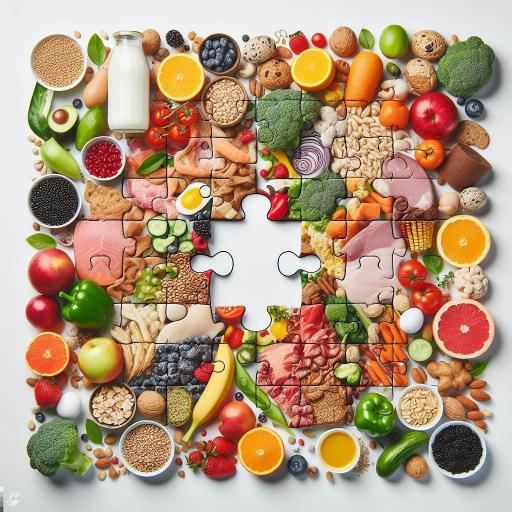
The Metabolic Confusion Diet, also known as calorie cycling or calorie shifting, Metabolic Confusion Diet is a type of intermittent fasting involving alternating between high- and low-calorie days or periods. Metabolic Confusion Diet is designed to keep your metabolism guessing and prevent it from adapting to a constant calorie intake.
Pros:
- Metabolic Confusion Diet may promote weight loss by creating a calorie deficit over time and boosting your metabolic rate.
- It may improve blood sugar and lipid levels by reducing insulin resistance and inflammation.
- It may be easier to stick to than a continuous low-calorie diet, as it allows for more flexibility and variety.
Cons:
- Metabolic Confusion Diet may be hard to follow, as it requires careful planning and tracking of calories and macronutrients.
- It may cause hunger, fatigue, mood swings, and cravings, especially on low-calorie days.
- It may not be safe or effective for everyone, especially people with medical conditions, pregnant or breastfeeding women, or children.
Endometriosis Diet

The Endometriosis Diet is a way of eating that aims to reduce the symptoms and complications of endometriosis, a chronic condition where cells similar to the lining of the uterus grow outside the uterus. Endometriosis Diet involves avoiding or limiting foods that may trigger inflammation, hormonal imbalance, or digestive issues and increasing foods that may support immune function, detoxification, and healing.
Pros:
- Endometriosis Diet may reduce pelvic pain, heavy bleeding, nausea, fatigue, and infertility by lowering inflammation, estrogen levels, and oxidative stress.
- Providing adequate nutrition, hydration, and fiber may improve overall health and well-being.
- Endometriosis Diet may be personalized to suit individual needs, preferences, and tolerances.
Cons:
- Endometriosis Diet may be restrictive and difficult to follow, as it eliminates or reduces many common foods, such as gluten, dairy, red meat, processed foods, and high-FODMAP foods.
- It may cause nutritional deficiencies or imbalances if improperly planned or supplemented appropriately.
- Endometriosis Diet may not work for everyone, as endometriosis is a complex and multifactorial condition that may require other treatments, such as medication or surgery.
Ideal Protein Diet
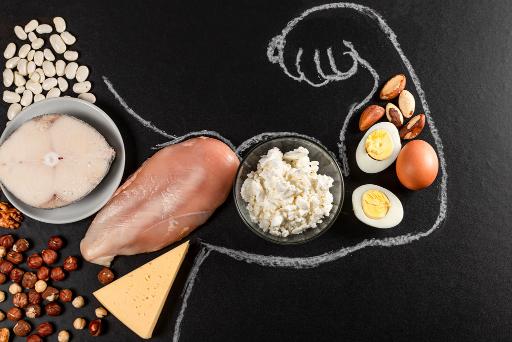
The Ideal Protein Diet is a doctor-designed ketogenic weight loss protocol that claims to be low in calories and carbs and high in protein. Ideal Protein Diet consists of four phases, each with different dietary and lifestyle guidelines. Ideal Protein Diet relies on ultra-processed packaged foods and supplements, rather than nutritious whole foods, to meet customers’ nutrition needs.
Pros:
- Ideal Protein Diet may result in quick weight loss by creating a large calorie deficit and inducing ketosis, a metabolic state where the body burns fat for fuel instead of carbs.
- It may improve blood sugar and blood lipid levels by lowering insulin and triglyceride levels.
- It may be convenient and easy to follow, as it provides pre-packaged meals, snacks, and supplements and eliminates the need for cooking or counting calories.
Cons:
- Ideal Protein Diet may be extremely expensive, as it requires buying the company’s products, which can cost hundreds of dollars per month.
- It may be unhealthy and unsustainable, as it uses coaches who may not have formal education in nutrition and promotes a low-carb, high-protein diet that may be deficient in fiber, vitamins, minerals, and antioxidants.
- Ideal Protein Diet may cause side effects and health risks, such as constipation, bad breath, muscle loss, kidney damage, and nutrient deficiencies, especially if followed for a long time or without medical supervision.
Vertical Diet

The Vertical Diet is a performance-based nutritional framework with principles designed to be simple, sensible, and sustainable. Vertical Diet is based on the idea of eating nutrient-dense foods that are easily digestible and help you lose or gain weight, maximize workouts, and achieve better nutrient absorption. Vertical Diet consists of two main foods: red meat and white rice, which provide most of the calories and macronutrients, and a variety of low-FODMAP foods, such as fruits, vegetables, dairy, and eggs, which provide micronutrients and support digestion.
Pros:
- Vertical Diet may support muscle growth and strength by providing adequate protein, iron, creatine, and calories from red meat and white rice.
- It may enhance athletic performance and recovery by providing easily digestible carbs, electrolytes, and hydration from white rice, fruits, and water.
- It may improve gut health and nutrient absorption by avoiding high-FODMAP foods, lectins, and phytic acids that may cause bloating, gas, and inflammation.
Cons:
- Vertical Diet may be monotonous and boring, limiting the variety of foods, especially whole grains, legumes, nuts, seeds, and spices.
- It may be environmentally and ethically questionable, as it promotes a high consumption of red meat, which has a large carbon footprint and may raise animal welfare concerns.
- Vertical Diet may not be optimal for health and longevity, as it may increase the risk of chronic diseases, such as heart disease, diabetes, and cancer, due to its high intake of saturated fat, cholesterol, and heme iron from red meat.
Animal Based Diet

The Animal Based Diet is a way of eating that prioritizes animal foods over plant foods. Animal Based Diet is based on the premise that animal foods are the most optimal and nutrient-rich foods for humans and that plant foods may contain toxins or anti-nutrients that harm health. Animal Based Diet includes foods like meat, organs, eggs, dairy, honey, and fruit and excludes or limits foods like grains, legumes, vegetables, nuts, seeds, and processed foods.
Pros:
- Animal Based Diet may provide high-quality protein, healthy fats, and essential nutrients from animal foods, such as iron, zinc, vitamin B12, and vitamin D.
- It may reduce inflammation and autoimmune diseases by eliminating or reducing plant foods that trigger immune responses, such as gluten, lectins, and oxalates.
- It may support mental health and cognitive function by providing omega-3 fatty acids, cholesterol, and creatine from animal foods, which are important for brain health.
Cons:
- Following may be restrictive and challenging, as it eliminates or reduces many common and enjoyable foods, such as bread, pasta, rice, beans, salads, nuts, and chocolate.
- Animal Based Diet may cause nutritional deficiencies or imbalances if not planned carefully or supplemented appropriately, especially for nutrients more abundant in plant foods, such as fiber, vitamin C, folate, and magnesium.
- It may not be evidence-based or sustainable, as there is limited research on this diet’s long-term effects and safety, and there are environmental and ethical concerns regarding animal agriculture.
Fasting Mimicking Diet
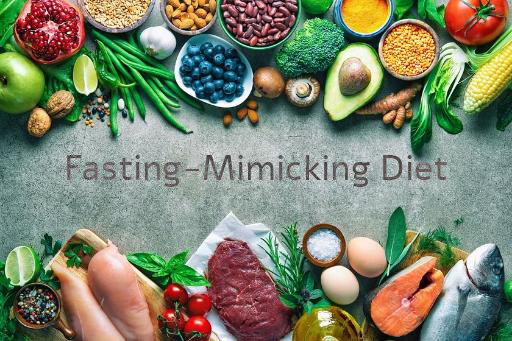
The Fasting Mimicking Diet is a modified fast that varies from traditional fasting because it allows for some calories, but you’ll still reap the benefits of a calorie-free fast. It’s essentially low-calorie, low-protein, low-sugar, moderate-carb, and moderate-fat. The FMD diet runs for 5 days, and it’s a program that Dr. Valter Longo, the Director of the Longevity Institute at the University of Southern California, first developed.
Pros:
- Fasting Mimicking Diet may promote cell renewal, longevity, and disease prevention by activating autophagy, stem cell regeneration, and anti-aging pathways.
- It may improve metabolic health and body composition by reducing fat, blood pressure, blood sugar, and inflammation.
- Fasting Mimicking Diet may be more feasible and tolerable than a water-only fast, as it provides some nourishment and satiety.
Cons:
- Fasting Mimicking Diet may be costly and inconvenient, as it requires buying the company’s products, costing around $250 per cycle.
- It may lack variety and flavor, relying on packaged soups, bars, drinks, and supplements rather than fresh and whole foods.
- Fasting Mimicking Diet may not be suitable or safe for everyone, especially people with medical conditions, pregnant or breastfeeding women, or children.
Conclusion
As you can see, many diets offer different benefits and drawbacks, depending on your goals, preferences, and health status. Before you decide to try any of these diets, make sure to consult your doctor and nutritionist and do your research.

